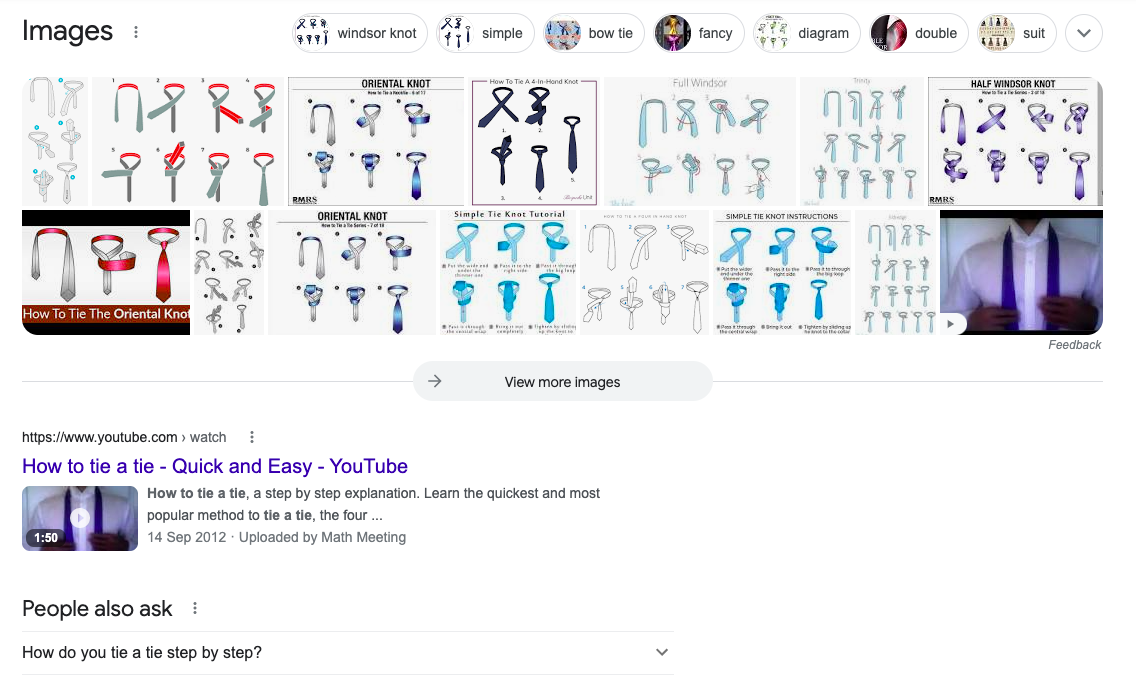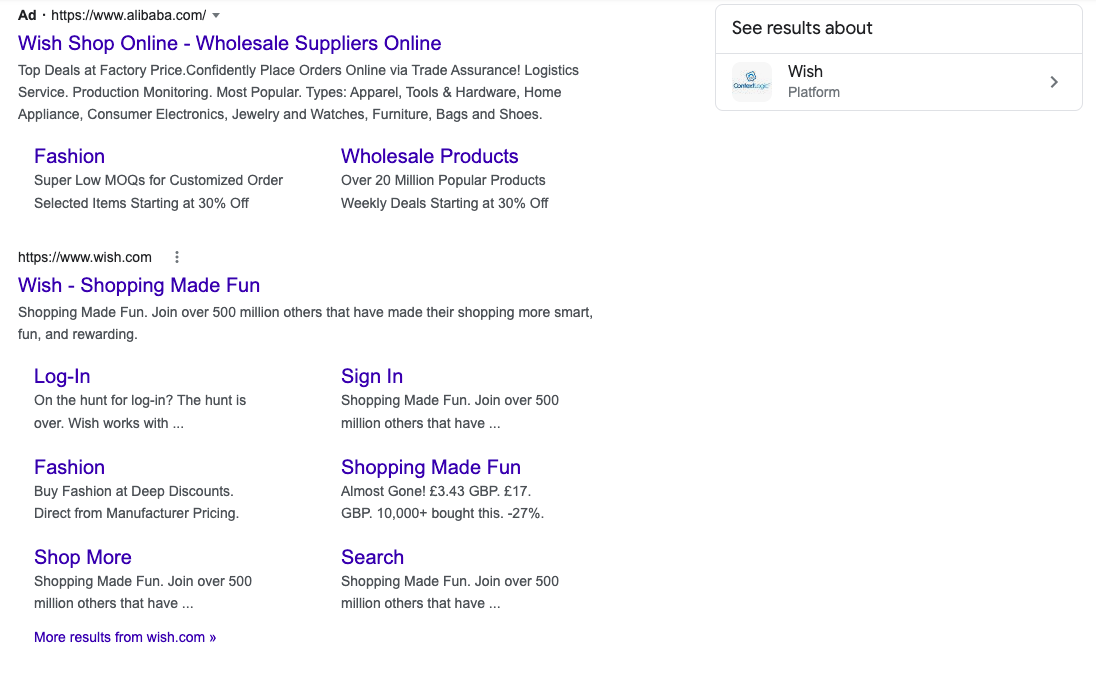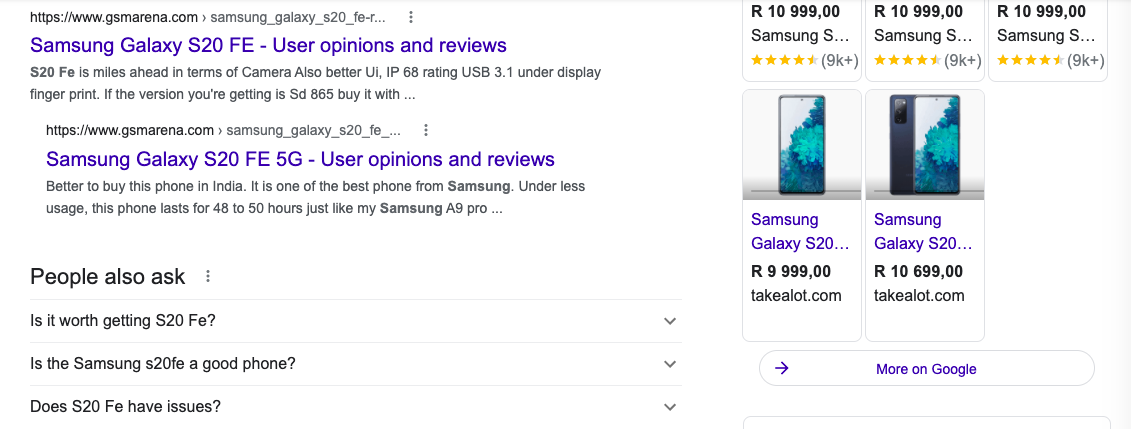
Skip to the Relevant Section
- What is search intent?
- What are the Four types of search intent?
- Why is search intent important in SEO?
- What is search intent vs. keywords?
Search intent (also known as user intent or audience intent) is the term used to describe the purpose, or reason, of an online search. Everyone who does an online search on search engines like Google, is hoping to find something. It could be an answer to a question, or perhaps information on a product they want to purchase. Many of these types of online searches are part of the online user journey, which represents five different phases: awareness, consideration, purchase, retention and advocacy.
The four most common types of search intent to take in consideration when creating content are:
1. Informational Intent
A large chunk of users on the internet are looking for information. This could be any type of information. From health-related topics and information about educating children, to what the weather is going to be like the next day. These users have a specific question they want answered, or want to know more about a certain topic. In the example below, the search results for “how to tie a tie” yielded various illustrations and a how-to video.
2. Navigational Intent
People with navigational intent have the intention to visit a specific website. For example, people who search for YouTube online are usually intending to visit that site. For this reason, it’s important to make sure your website can be found when someone searches for your company’s name online.
Google’s understanding of user intent goes further than showing results with information about a specific term. It knows, for example, that people who type in “Wish” are most likely looking for the eCommerce site, rather than the meaning of the word. In the example below one can see that the Wish eCommerce site ranks first in the organic search results for the search term “wish”.
3. Commercial Investigation
People searching the web for the purpose of commercial investigation have the intention to buy in the (near) future. However, they still need convincing and use the web to do research. What smart phone would be best? Which fridge should I buy? A typical search term within this category could be “Samsung S20 FE reviews” as seen below.
4. Transactional Intent
The fourth type of user intent is transactional intent. People who are searching with transactional intent are ready to buy something specific at that moment. At this stage of the user journey, they have done their research and have made up their mind about what they want to purchase. These users will most likely search within Google’s Shopping search results to compare prices.
In the example below are the search results for “Armor One black gaming chair”. From the term, Google was able to understand the transactional intent behind the search as can be seen below.
Why does search intent matter? When people search online, they want to find relevant information that matches their search query. By aligning your content with user intent, you can drive these leads to relevant content on your website.
Search intent is important to keeping visitors on your page. If you provide them with thorough information that answers their question, they don’t need to visit multiple websites. They remain on your page and engage with your content for a longer period of time.
Matching search intent also helps you establish your business as an authority in your field and build brand awareness. Providing relevant information that matches search intent tells your audience that you know how to answer questions about your business, products and industry. It also cements your site as a go-to source of information in your field.
Want to know how your website is measuring up? Get a free SEO Audit Report.
In the past, optimising your web content for the keyword was the main focus. Businesses focused on integrating keywords into the page without paying much attention to the purpose or quality of information.
However, some of Google’s most impactful algorithm updates of the last decade changed this. Google has shifted the focus onto user experience by providing search results with the most relevant information.
One of the first Google algorithm updates to address search intent, was the Hummingbird update in 2013. The aim of this update was to better recognise the context of search terms, and not simply take specific terms at face value.
While SEO Keyword Research is still a crucial element to search engine optimisation, it should be done as part of an all-encompassing, comprehensive SEO plan.
Conclusion
Want to attract relevant leads to your website and establish your business as an authority in your field? Then it’s important to optimise your content to match search intent.
If you need help in creating content that provides relevant information to the right type of user, we invite you to get in touch. We can help align your content and landing pages to your audience and their search intent.
